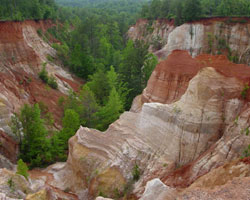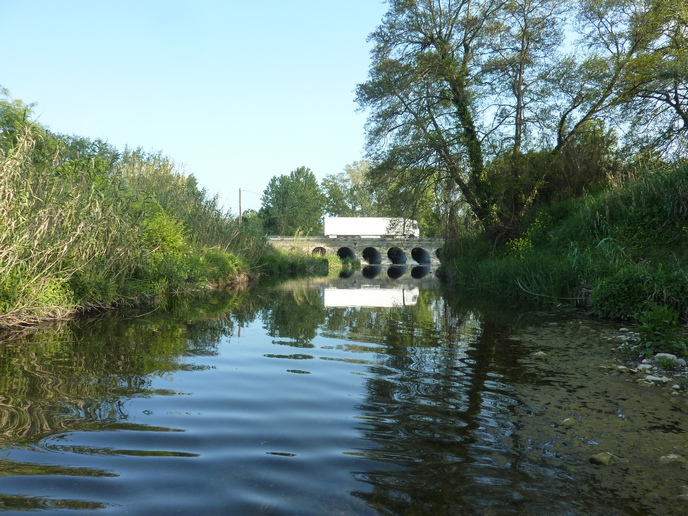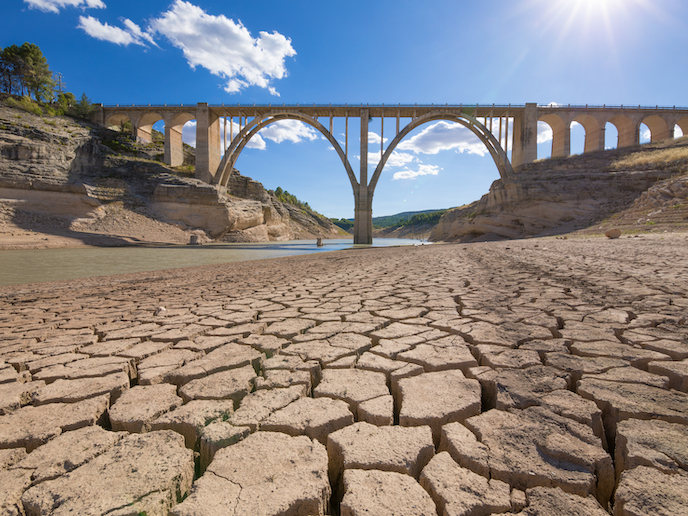Geological investigation of loess
Landslides happened in the past, happen today and will continue to happen in the future. The hope is that early warning systems can be put in place to limit the loss of life and property damage. This was the aim of the OASYS project, funded in part by the Energy, Environment and Sustainable Development Programme. The Geodetic and Geophysical Research Institute of the Hungarian Academy of Sciences examined the landslide potential of loess walls. Loess is a fine-grained soil, often deposited by the wind. While a high content of angular particles aids cohesion, loess layers are extremely susceptible to landslides. In order to learn why loess deposits are so vulnerable, the Hungarian geologists set about studying loess walls located in their home country. During the course of their investigation, which focussed on geochemistry and sedimentology parameters, they discovered the multifaceted role water can play in weakening loess. Water, be it ground water, backwater, etc., not only removes fine particles, it also further erodes stability by leaching carbonates. In addition, changes in the mineral composition of the loess can significantly alter its physical properties, such as angle of friction, cohesion and porosity. The end result is a steady weakening of the loess walls that can eventually lead to structural failure and a landslide. This new knowledge was applied by the Geodetic and Geophysical Research Institute at sites in southern Hungary and has also been shared with the OASYS consortium.







